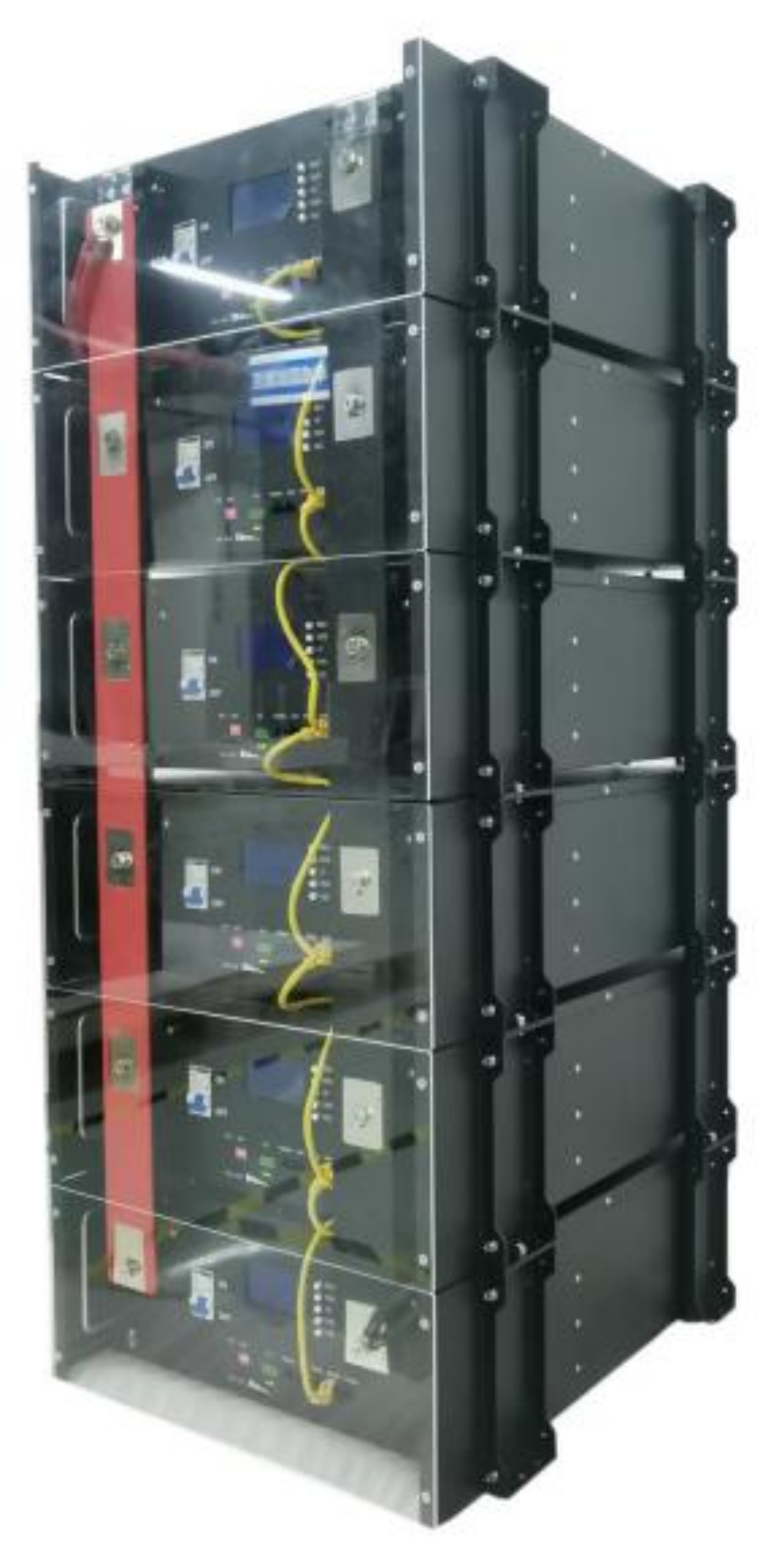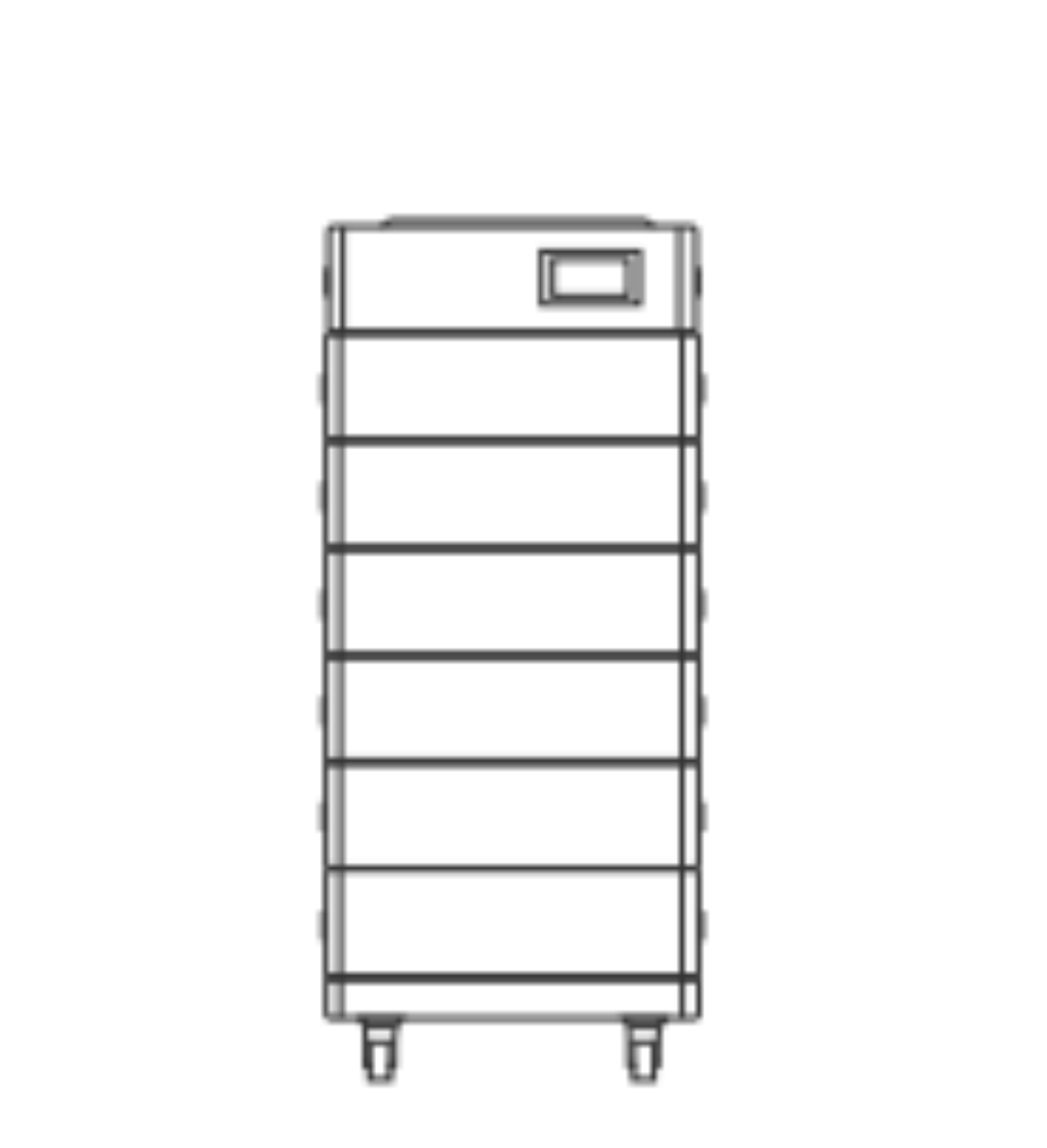'ZDNET Recommends': What exactly does it mean?
ZDNET's recommendations are based on many hours of testing, research, and comparison shopping. We gather data from the best available sources, including vendor and retailer listings as well as other relevant and independent reviews sites. And we pore over customer reviews to find out what matters to real people who already own and use the products and services we’re assessing. Lead Acid Battery Replacement

When you click through from our site to a retailer and buy a product or service, we may earn affiliate commissions. This helps support our work, but does not affect what we cover or how, and it does not affect the price you pay. Neither ZDNET nor the author are compensated for these independent reviews. Indeed, we follow strict guidelines that ensure our editorial content is never influenced by advertisers.
ZDNET's editorial team writes on behalf of you, our reader. Our goal is to deliver the most accurate information and the most knowledgeable advice possible in order to help you make smarter buying decisions on tech gear and a wide array of products and services. Our editors thoroughly review and fact-check every article to ensure that our content meets the highest standards. If we have made an error or published misleading information, we will correct or clarify the article. If you see inaccuracies in our content, please report the mistake via this form.
As someone who experiences regular power outages, having a backup plan for electric outages is a must to surviving everyday life. While you can always use an air-cooled home generator powered by gasoline or propane, or a more expensive liquid-cooled generator, backup power from a battery system can provide a renewable source of power, especially when you connect your battery storage system to a solar panel system.
Solar batteries, such as the Tesla Powerwall, can charge your battery system with solar energy. If you cannot afford a full set of solar panels and a large battery backup system, a portable battery with a solar charger may be a more budget-friendly option.
Not to mention, a set of backup batteries, which can be either dry or wet, offers a long-term solution to power outages. Dry batteries, such as lithium-ion batteries, do not work well in extreme temperatures, while wet batteries use a liquid electrolyte to generate electricity, with lead-acid batteries being a popular choice.
Also: Battery backup vs standby generators
Before deciding on the size of your backup system, consider your needs and do some calculations to ensure it will be adequate. A backup power system can provide peace of mind during power outages, but it's important to choose the right system first.
Our top pick for the best home battery and backup system goes to the Tesla Powerall + due to its 10-year warranty, great power distribution, and energy capacity of 13.5kWh. However, since the Tesla Powerall + is quite expensive and different systems may fit your needs better than others, we've included a variety of picks to fit all types of needs and budgets.
Keep reading to learn more about our top recommended picks.
Tesla Powerwall + features: Capacity: 13.5kWh (kilowatt-hour) | Power source: Solar panels | Controls: Dedicated app | Multi-unit configurations: Yes
The Tesla Powerwall is a leading battery backup system that simplifies your switch to backup battery power. With the ability to recharge using solar PV panels, you can rely on stored solar energy during power outages.
The Powerwall + provides an energy capacity of 13.5kWh and a power rating of 7.6kW, delivering continuous power of 5.8kW in the absence of sunlight. It comes with a ten-year guarantee and can be monitored and managed through its app. However, you can only purchase a Powerwall if you also buy Tesla's solar panels.
To ensure you have the right-sized backup batteries for your home, you can connect up to 10 Powerwalls. It's recommended to use the Tesla Powerwall with a solar panel system for optimal results. Additionally, some states, such as WA (22%), offer a Federal Solar Investment Tax Credit to help with costs.
Also: The best home EV chargers you can buy, according to experts
Generac PWRcell feature: Capacity: Up to 36kWh | Power source: Solar panels | Controls: Dedicated app and control unit | Multi-unit configurations: Yes
The Generac PWRcell system offers 9kWh of storage capacity through three Lithium Ion battery modules, each rated at 3.0kWh. The system includes an inverter and a battery storage cabinet, making it a comprehensive solution for backup power needs.
One advantage of the PWRcell is its compatibility with solar panels from various manufacturers, ensuring flexibility and avoiding vendor lock-in. Its modular design allows you to expand your storage capacity in increments of 3kWh up to 36kWh. It also comes with a ten-year limited guarantee and can be easily managed and monitored through its app.
Enphase IQ Battery 10T features: Capacity: 10.08kWh | Power source: Solar panels | Controls: Dedicated app | Multi-unit configurations: Yes
The Enphase IQ Battery 10T offers a high-energy capacity of 10.5kWh and delivers 5.76kVA at peak output. It consists of three base Encharge 3T storage units, which use Lithium Ferrous Phosphate (LFP) batteries with a power rating of 3.84KW.
This battery storage system cools passively, with no moving parts or fans, ensuring silent operation. Additionally, it comes with a ten-year limited warranty and a mobile app that allows for easy monitoring and control. Professional installation is necessary for this battery storage system.
In my opinion, the Tesla Powerwall+ stands out as the best option for a whole-home battery backup system. With a capacity of 13.5kWh, it offers plenty of energy storage to get you through power outages. The 10-year warranty also provides peace of mind that the product is built to last. The companion app is user-friendly and allows for easy monitoring and management of energy distribution and usage. Plus, the ability to connect up to 10 Powerwall+ units makes it a highly adaptable choice for changing energy needs.
Note: Prices are approximate and may vary depending on location, installation, and other factors.
You'll need to determine the wattage and voltage consumption of your entire household. Thankfully, Lowe's has a handy worksheet to help you figure out your power needs. Once you know how many watts and volts your appliances use, you'll want to add at least 20% to the total; that way, if you add electronics or appliances, or something that starts to draw more power than usual, your system will be able to keep up.
And if retail and installation pricing seems a bit steep, many places offer some payment plan so you can break the final cost into more affordable monthly payments.
Buy this home battery backup...
A well-rounded and expandable home battery backup
A home battery backup system that's compatible with third-party solar panels
A compact battery backup system for smaller homes
When choosing which home battery backup systems to include, we considered the following key factors:
Home batteries store energy generated by your solar panels or from the grid during off-peak hours, so that you can use it later when energy prices are higher or during power outages. They typically use Lithium-ion batteries, which are more efficient and durable than other battery technologies.
While solar panels can generate energy during the day, they don't produce electricity at night or during cloudy weather, making it necessary to use energy stored in batteries. Additionally, batteries allow you to be more independent from the grid, which can save you money and increase your home's energy security.
Backup battery systems are generally charged by utility grid electricity or solar power. If you live in an area where you get great levels of sunshine, then consider using solar power to charge your batteries up during the day.
Also: The 5 best solar chargers
Alternatively, if your power outages are infrequent, then consider topping up the batteries using electricity when the cost is low.
To ensure that your battery system can meet your power needs, you should first check the capacity of the batteries. This capacity is typically measured in kilowatt-hours (KWh). Additionally, you should measure the surge current requirements of the devices you want to power, especially if you plan to start a motor, such as a sump pump. Keep in mind that powering high-demand devices like pool filters or air conditioning units for extended periods may not be feasible with a battery system.
Cost is also an important factor to consider when designing a battery system. If your power requirements exceed 15KWh of inverter power or 30KWh per day for your batteries, the cost of the system may become prohibitive. It's also important to take into account potential inefficiencies, voltage drops, and other losses to ensure that your system can handle any situation that may arise. By considering all of these factors, you can design a battery system that meets your needs while staying within your budget.
You will need to carefully consider peak load in KWh per day when calculating the size of battery power you need. If your energy requirements are low -- such as lighting -- then most backup systems will be able to cope with this. However, if you need to run items like sump pumps, air conditioning, or heavy start load items, then you will need to consider peak loads, too.
Sometimes, you don't need a continuous supply of backup power. That's where smaller, more emergency-oriented units come in to provide backup power only when you need it. Here is a short list of emergency power stations I thought were great choices:
The EcoFlow Delta Max 2000 is a good alternative due to its high power capacity and portability, making it ideal for both indoor and outdoor use.
The Ego Power+ Nexus is ideal due to its affordable price point and compatibility with a variety of Ego Power+ tools and accessories.

Solar Back Up Batteries The CyberPower PR2200LCDSL has a reliable power supply and surge protection capabilities, making it a great option for home and office use.
